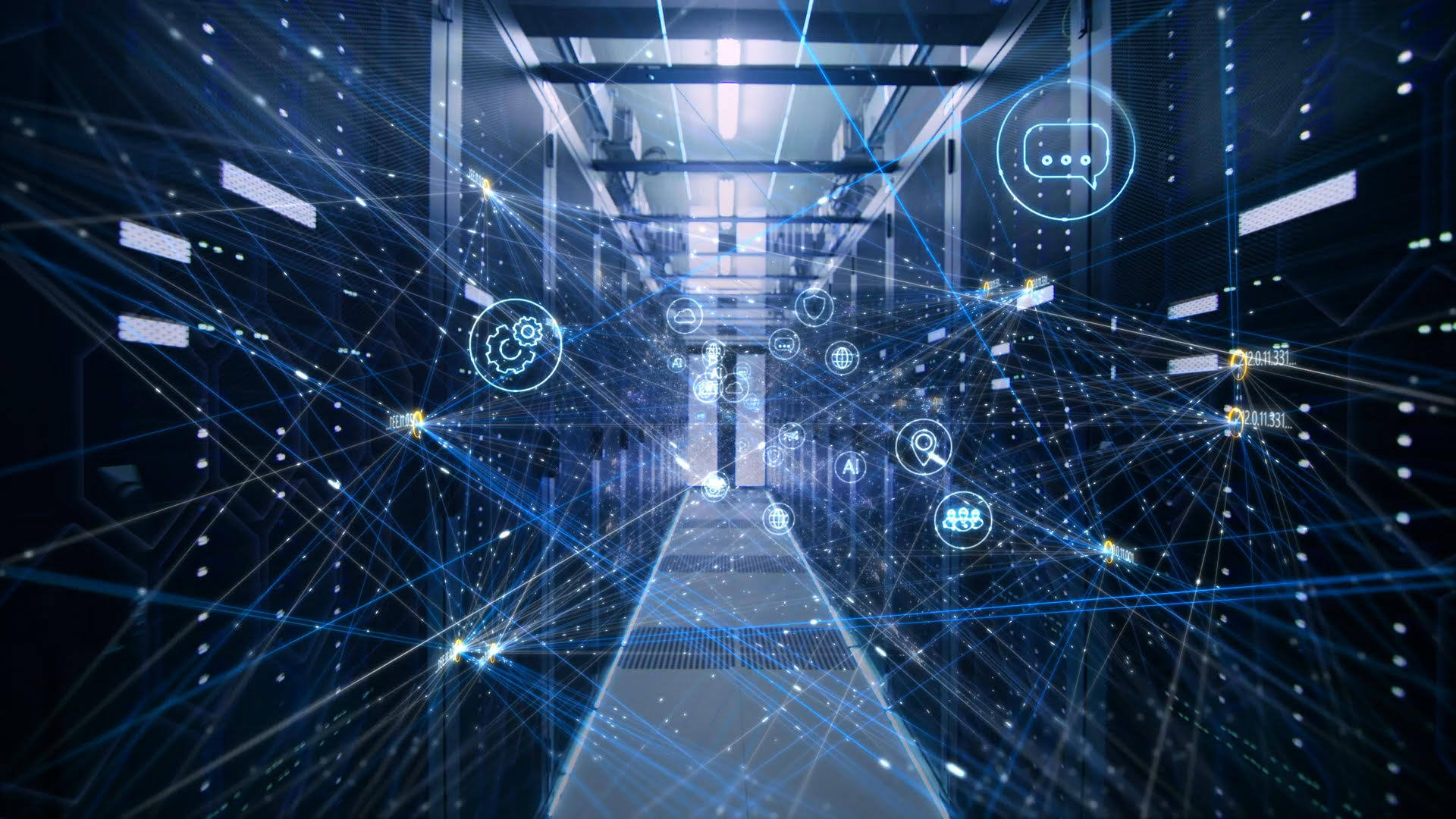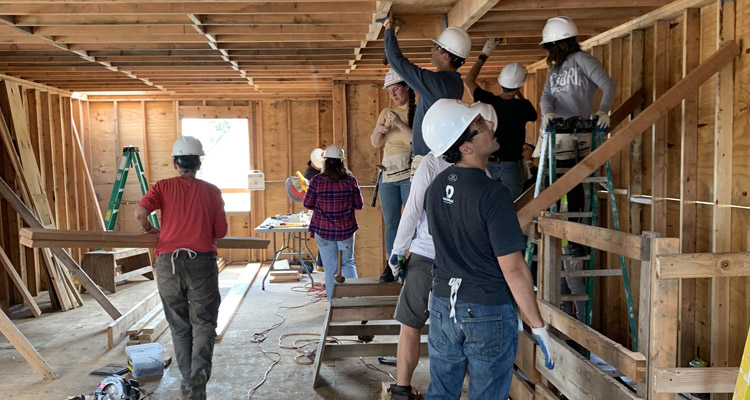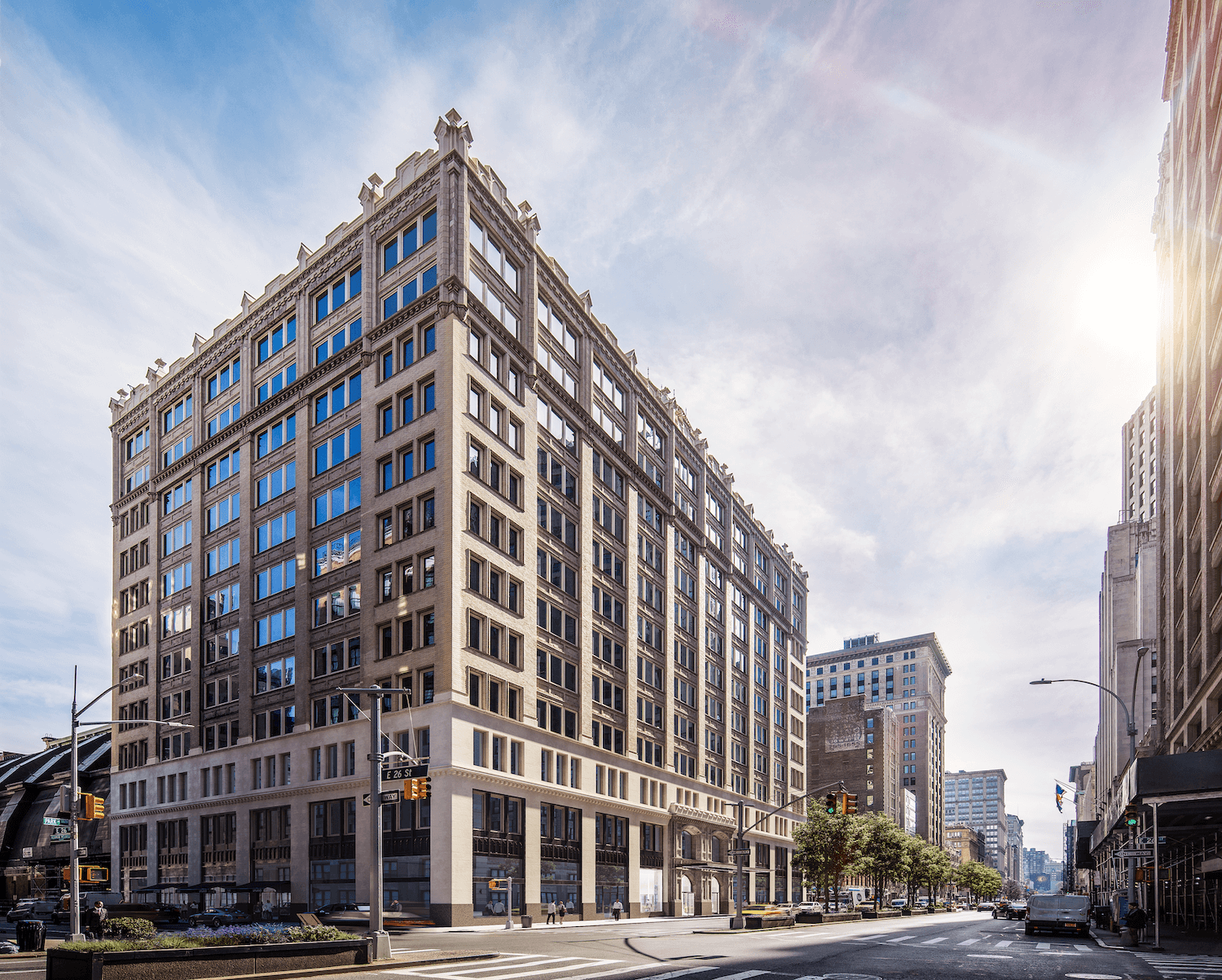An invention is entitled to a patent if it satisfies several distinct requirements for patentability:
- The invention must be a “useful process, machine, manufacture, or composition of matter” (35 USC 101)
- It must be novel (35 USC 102)
- It must be not obvious (35 USC 103)
- It must be disclosed in sufficient detail to allow others to use the invention after the patent expires (35 USC 112)
Discoveries that are deemed to be abstract ideas or laws of nature are excluded from eligibility.
The distinction between a discovery and an invention is not easy to draw, especially after a series of the recent Supreme Court and Federal Circuit decisions have comingled the distinct requirements for patentability. The diagnostics industry particularly suffers from the muddled state of patent law. In Mayo v. Prometheus, the Supreme Court invalidated a patent directed at dosing a patient, measuring a metabolite, and then titrating the dose of the medication. The previously unknown correlation between the level of a metabolite and the required dose was viewed as an unpatentable law of nature combined with a known method for metabolite measurement. In Association for Molecular Pathology v. Myriad Genetics, the Supreme Court invalidated patents for isolated pieces of DNA coding for previously unknown polypeptide sequences that determined the risk for developing breast cancer. The correlation of the particular DNA sequence to cancer risk was again viewed as an unpatentable law of nature. Then, in Ariosa Diagnostics v. Sequenom, the Federal Circuit invalidated a patent for testing fetal DNA using a sample of maternal blood. The test eliminated the high risks associated with amniocentesis. The court acknowledged that the test in its entirety was novel and useful. However, the presence of the fetal DNA in maternal blood was deemed to be a law of nature combined with a routine detection technique. The court felt bound by the Supreme Court’s earlier decisions and invalidated the patent.
In contrast, the Federal Circuit upheld the patent claim in Vanda Pharmaceuticals v. West-Ward Pharmaceuticals Int’l. The patent involved personalizing a patient’s dosing regimen based on the patient’s genotype. The court deemed that a treatment based on diagnostics is eligible for protection, unlike the diagnostics themselves. Many diagnostic companies now add a treatment step to diagnostic patent claims in an attempt to secure protection. However, the reliance on this case is unfortunately misplaced. Patent infringement requires proof that the infringer performed all the steps of the patented method. Unlike pharmaceutical companies, diagnostic companies usually do not perform a treatment step, so proving infringement would be unlikely.
Some diagnostic companies such as those developing novel diagnostic hardware or sample processing protocols are not affected by these rulings. However, many diagnostic companies rely on the discoveries of novel predictive correlations. With no ability to patent correlations, the industry relies on trade secret protection. The secrecy makes it more difficult to secure funding, validate discoveries, and gain broad acceptance.
In a series of public speeches last month, U.S. Patent and Trademark Office director Andrei Iancu recognized that the current law is difficult to interpret and apply because it mixes distinct legal concepts. In his speech, Iancu asked, “How can a claim be novel enough to pass 102 and nonobvious enough to pass 103, yet lack an “inventive concept” and therefore fail 101? Or, how can a claim be concrete enough so that one of skill in the art can make it without undue experimentation, and pass 112, yet abstract enough to fail 101? How can something concrete be abstract?” “Overall, the key for our IP systems is for [patentability principles] to be reliable and predictable.” “We must be clear, lest we perpetuate the current state. People should know up front. If nothing else, for the sake of a predictable ecosystem, let’s be transparent.” Iancu recognized that a patent owner can attract investment capital only when the defensibility of the patent is clear.
Iancu has directed the USPTO to clarify and revise the guidelines for patent eligibility. However, the Patent Office cannot overrule the courts and will have to act within the margins of case interpretation. Fortunately, these problems are being noticed by Congress. On December 12, 2018, Sens. Chris Coons, D-Del., and Thom Tillis, R-N.C., sent invitations to companies, industry groups and intellectual property experts to discuss the need for legislative reform of patent eligibility standards. These recent events offer the diagnostics industry hope for a clearer future.










